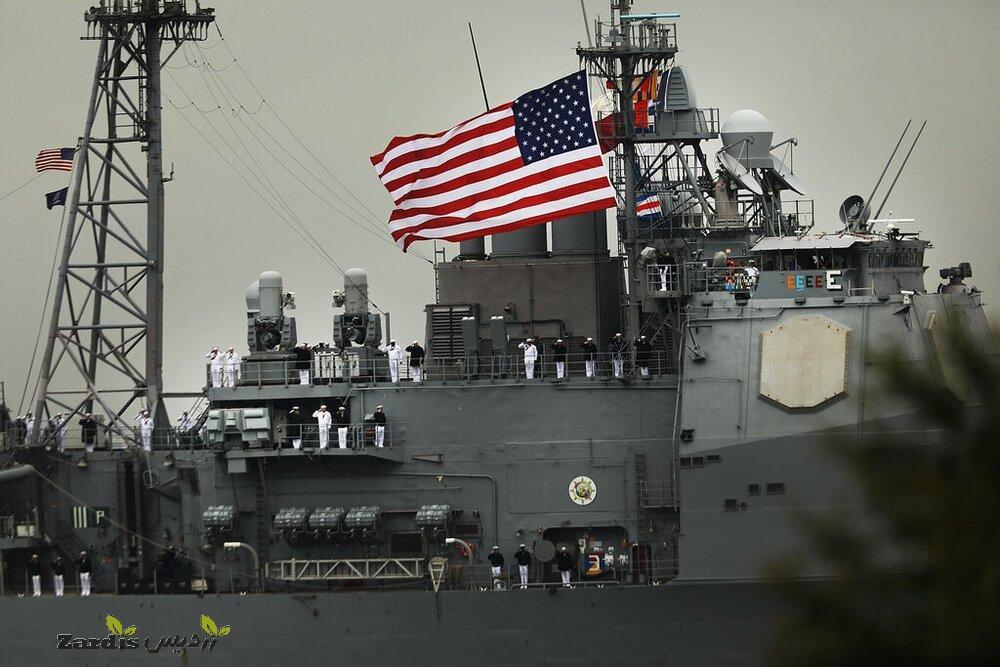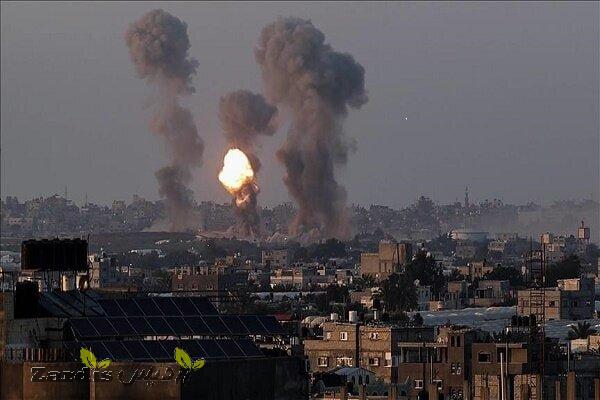A substantial majority of Americans believe that the wars in Iraq and Afghanistan were “not worth fighting”, that’s according to an AP-NORC poll that has released the results of its survey.
The research indicates a sign of growing public frustration in the wake of the catastrophic U.S. withdrawal from Afghanistan after nearly two decades as well as the continuing presence of at least 2,500 troops in Iraq. The American troops stationed in Iraq are the subject of almost daily attacks, following the U.S. act of terror that assassinated Iran’s Lieutenant General, Qassem Soleimani, and the deputy head of Iraq’s Popular Mobilization Units, Abu Mehdi al-Muhandis. The two war heroes have also added to rising anti-American sentiment in Iraq and the wider West Asia region.
Americans were asked their opinions on the wars in mid-August as part of a wide-ranging poll on national security and the coronavirus pandemic. But the poll came as the Taliban swept into the Afghan capital and overthrew the former government as well as outmuscling the U.S.-trained Afghan army in the space of two weeks.
Some 62% of respondents told pollsters that the war in Afghanistan, waged in 2001, had not been worth fighting for, while 63% said the same of the war waged on Iraq in 2003. Afghanistan was America’s longest war.
Ordinary Americans tended to forget about the war in Afghanistan, and research shows it received measurably less oversight from Congress than the Vietnam War did for example. But its death toll is in the many tens of thousands.
And because the U.S. borrowed most of the money to pay for the invasion of the country, generations of Americans will be burdened by the cost of paying it off.
According to the Harvard University’s Kennedy School and the Brown University Costs of War project; the estimated amount of direct Afghanistan and Iraq war costs that Washington has debt-financed as of 2020 was $2 trillion. To put this into perspective that’s $300 million dollars per day, every day, for two decades.
The estimated interest costs by 2050 will haunt the U.S. taxpayer up to $6.5 trillion dollars in the future.
This is while the number of times U.S. lawmakers have voted to declare war in Afghanistan was zero.
The number of times lawmakers on the Senate Appropriations defense subcommittee addressed the costs of the Vietnam War was 42 times. In comparison, the number of times lawmakers in the same subcommittee have mentioned the costs of the Afghanistan and Iraq wars, through mid-summer 2021 was just five.
Maybe Congress learned a lesson from Vietnam when it comes to addressing war cost losses. Quite astonishingly the number of times lawmakers on the Senate Finance Committee have made public the costs of the Afghanistan and Iraq wars from September 11, 2001, until mid-summer 2021 was once only.
The low profile by Congress of how much war costs speaks volumes.
Nevertheless, in a growing sign that Americans have lost faith in their leaders’ words or the narrative of U.S. mainstream media, the study found the most common worry among Americans polled was “the spread of misinformation”. 75% of those asked told pollsters they were worried or very worried about the “the spread of misinformation”.
During the Trump era, the term Fake News become infamous, but critics say the wars waged by U.S. administrations were done so on a bunch of lies.
At their highest points, American support for the wars in Afghanistan and Iraq ranged from large majorities to nearly unanimous. In early 2002, months after invading Afghanistan and attacking the Taliban, 93% of respondents said they supported the war, according to a Gallup poll at the time.
In March 2003, as U.S. troops invaded Iraq, 72% of respondents told Gallup they supported the war. Support for spying, powers for which were vastly expanded as part of the Global War On Terror, has also fallen.
The next most commonly shared concerns were cyberattacks, which worried 67% of respondents, followed by the spread of infectious diseases and the danger of extremists in the U.S., about which 65% of Americans said they were worried or very worried. The disastrous mishandling of the coronavirus pandemic by the former Trump administration means America has the worst covid-19 death toll and infection rate in the world. Meanwhile, the U.S. Department of Homeland Security has labeled White supremacists as posing the strongest domestic terror threat.
Even if wars waged by the U.S. finally come to an end; the costs of military adventurism certainly do not come to end. Experts estimate the amount of money the United States has committed to pay in health care, disability, burial and other costs for roughly 4 million Afghanistan and Iraq veterans is more than $2 trillion. The Period that those costs will peak is expected after 2048.
In August, fewer than one in five Americans told pollsters that they supported warrantless spying on American phone calls and emails, a drop from a 2011 poll that showed 30% supported email surveillance and 23% supported phone tapping. Support for spying on emails and calls outside the U.S. also fell, to 27% and 28%, respectively.
More important than the financial costs of American wars are the human costs and effects of the wars.
In Afghanistan for example during the 20 years, U.S. occupation; at least 69,000 Afghan national and military police had been killed in the two decades of violence.
Some estimates put Afghan civilian deaths at the tens of thousands, others monitoring groups say the real figure is in the hundreds of thousands. 444 aid workers and 72 journalists also lost their lives.
Likewise, it is difficult to put an accurate number on the death toll of Iraqi civilians as a result of the U.S. invasion. At one point so many markets had been bombed in Baghdad, monitors could not keep up with the casualties of the violence.
There have been 2,500 U.S. military deaths in Afghanistan, and nearly 4,000 more U.S. civilian contractors killed.
By March 2009, the Pentagon estimated as many as 360,000 U.S. veterans of the Iraq and Afghanistan wars may have suffered from traumatic brain injuries. In January 2008, the U.S. Army reported that the rate of suicide among soldiers in 2007 was the highest since the Army started counting in 1980.
The 2007 estimate suggests amputees represent 2.2% of the 22,700 U.S. troops wounded in the U.S. invasion of Iraq.
The invasion of Iraq meanwhile by the United States and allied forces in March 2003; according to the U.S. Department of Defense casualty website, saw 4,431 American troops killed on Iraqi soil. Nearly 32,000 others sustained injuries as a result of the U.S. invasion.
There are other worrying facts; after some 20 years of U.S. occupation in Afghanistan; the country saw a 50% drop in infant mortality rates since the U.S. and other allied forces overthrew the Taliban government.
According to Human Rights Watch, towards the end of the U.S.-led occupation of Afghanistan; the percentage of Afghan teenage girls that were able to read stood at just 37%.
The number is quite shocking because of the fact Washington boasted so frequently about bringing greater freedom towards girl’s education while the reality on the ground suggests the complete opposite.
In any case, despite the U.S. Secretary of State declaring the Afghan mission over; the military aspect might well be over for Washington but the borrowed money and impact of the damage caused to average Americans, Afghans as well as Iraqis will be felt for decades to come.
Zardis news | The latest news of Iran and the world
تمامی حقوق مطالب برای "Zardis news"محفوظ است و هرگونه کپی برداری بدون ذکر منبع ممنوع می باشد.
طبق ماده 12 فصل سوم قانون جرائم رایانه ای کپی برداری از قالب و محتوا پیگرد قانونی خواهد داشت.







